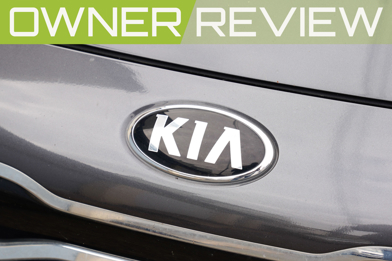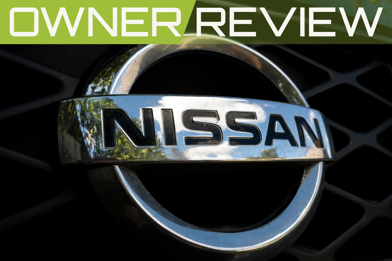The Range Rover Evoque is a different car to the Range Rover Velar. Just stating the obvious, on paper, at least, because in the DRIVEN garage, we tested them back-to-back, and had to double-take. At least in the dim underground parking garage, each in its greyish hues, I did have to give it more than a cursory glance to confirm that this is indeed the Range Rover Evoque P300e R-Dynamic HSE, not the Range Rover Velar Dynamic SE P400e, we tested the week before. And it’s a new Tribeca Blue, apparently, with a black exterior pack.
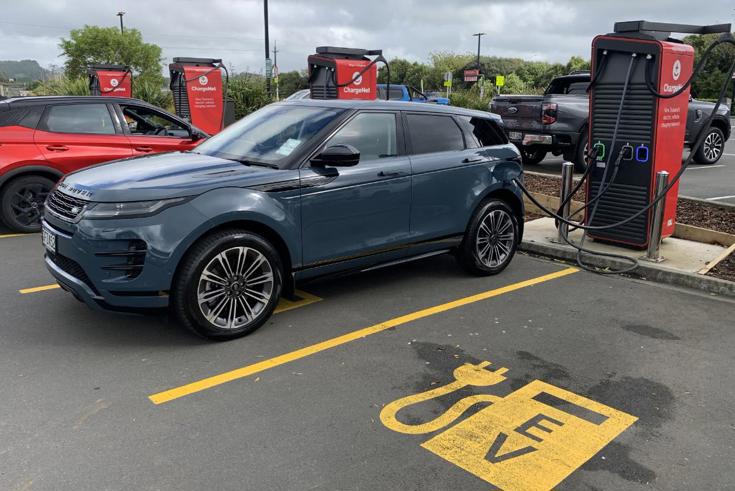
Both PHEV plug-in EVs, the Evoque is the slightly shorter, slightly cheaper, slightly less EV range and slightly smaller sibling of the Velar; though driving the two back-to-back, it did highlight what a relative bargain the Evoque is.
Sure, $122k isn’t cheap, but compared to the $150k of the Velar, it is, considering the differences aren’t too far apart.
Like the Velar, the Evoque gets new slimline pixel LED DRL headlights, new grille and new LED taillights with sequential lighting effect.

Inside the steering wheel is from the Range Rover Sport, and the leather materials are sweet to touch, while the centre console has a shifter: and that’s it. There’s a flip-up bin with wireless phone charging and a USB-C port, and that’s it. No terrain buttons, no AC controls, because everything is now operated through the touchscreen: from the seat heating to the radio volume to the drive mode to the battery charging speed. It’s the new semi-floating Pivi Pro system and touchscreen - and for cleanliness, it’s superb, with key entertainment controls on the steering wheel.
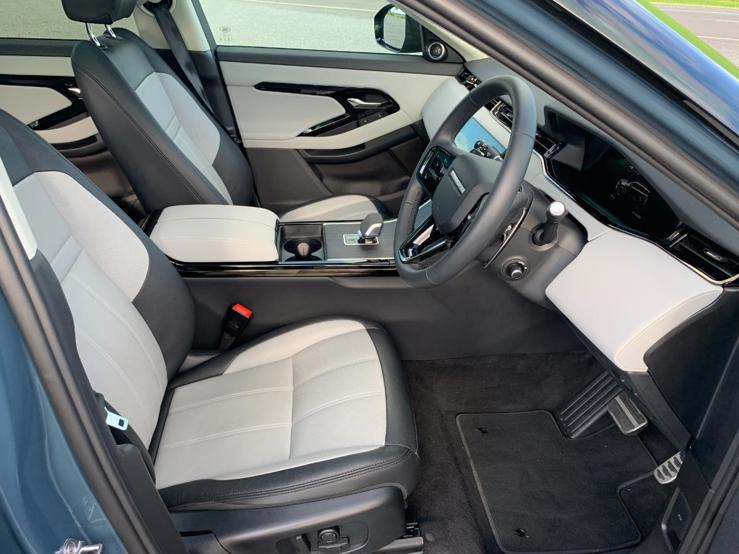
Practically, ergonomically, however, it’s one step too far, and while volume via the steering wheel is fine for the driver, it needs at least two presses to adjust that via the screen; climate is adjusted via a swipe or press method, and supposedly simple things like tuning into a certain radio station are maddening and frustratingly overly complex - all but defeating us to a large extent, forcing us to revert to voice commands to tune into a different frequency, or even for the same radio station when, for example, commuting intercity.
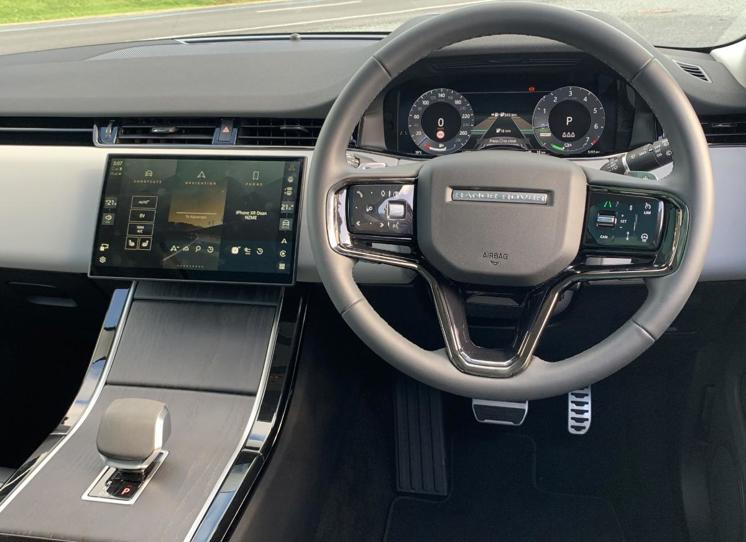
But this isn’t a comparison, it’s a catch-up with the Evoque to see what’s new and improved, and to also get up-to-date with its electrification of its engine, itself rather remarkable: a 1.5-litre three-cylinder turbocharged petrol engine is the smaller but more powerful Evoque, compared to the P250 (2.0-litre mild-hybrid/MHEV). The P300e uses an 80kW electric motor to give it a big boost in both performance and economy: you’d swear it’s at least a 2.0-2.5-litre engine, and it’s backed up by a relatively large 14.9kWh battery, that offers between 48-61km… depending who you ask. Our real-world driving offered 48km at 100% charge (so it realistically could be either).
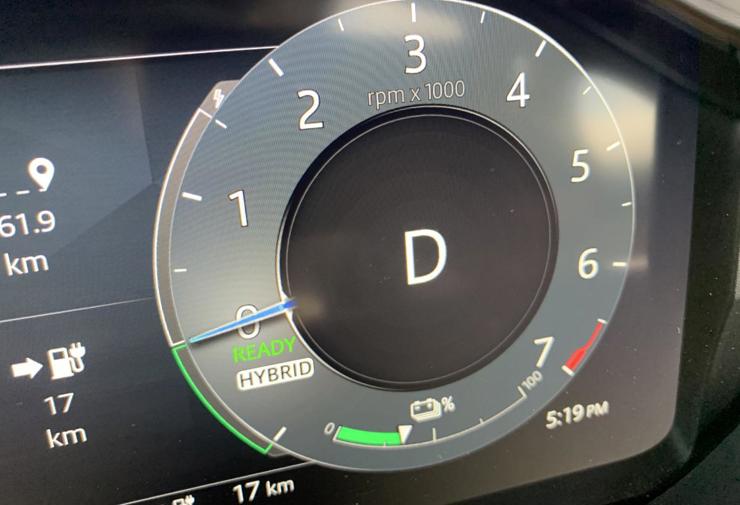
All that whacks a rather large punch, up to 227kW and 540Nm when charged, and able to jump to 100km/h in 6.4 seconds.
That’s all certainly a highlight, and with up to 61km offered from its plug-in EV addition (around town provides the best EV range), the Evoque is rather thrifty. Plugging in each night, to a Wallbox style home charger one would assume, adds another real-world 50km and increases the level of economy and refinement.
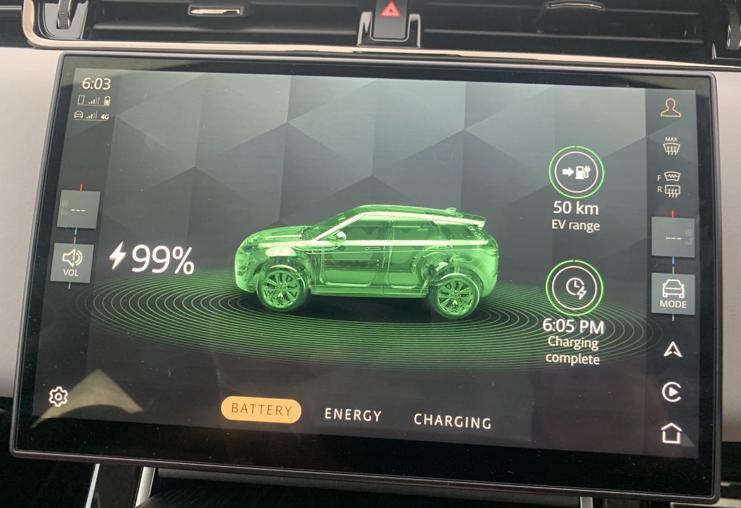
The tacho tells the story, and from 0-1500rpm, there’s a scale of blue EV input, prioritising EV running, while keeping it all smooth and quiet. There are times when it switches over to petrol, for more urgent acceleration or for when the battery runs dry, but the engine itself is similarly quiet and distant, thanks to the Range Rover’s insulation. A mode indicator, dual-purpose tacho and battery charge meter all help manage the situation rather well, but if the driver needs to intervene or override, there is the ability to manually override, via the touchscreen’s EV menu and ‘save’ mode: primarily this is used to scavenge a few more km of range on the motorway, or for when EV is needed at the end of a journey.
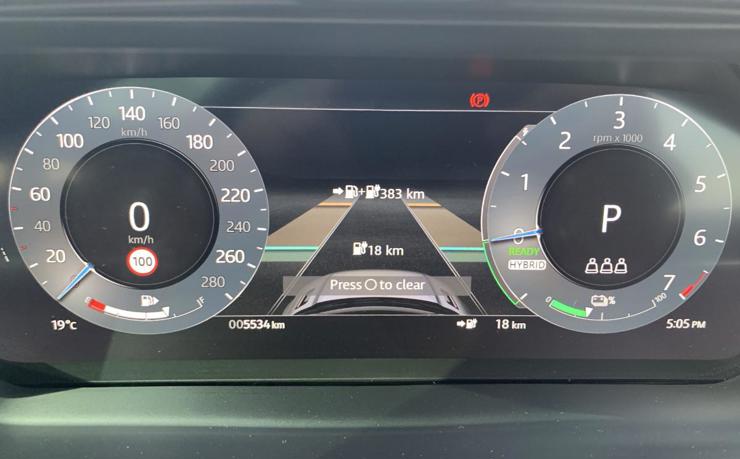
This is a little misleading, as it doesn’t just save, it recharges the battery if/when it’s running low. Slowly, but it still recharges. It also does a better job than the inherent regeneration, which is on the weak side. Our test descent is the Bombay hill, south of Auckland, and most EVs regenerate around 3km on the southbound downhill run, but the Evoque regains zero km on the EV range gauge, despite the regen bar graph showing its effectiveness.
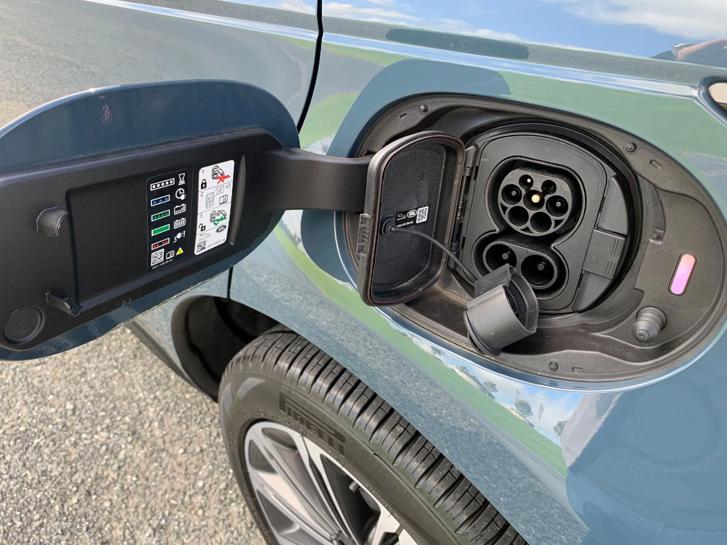
Thankfully, charging the Evoque faster is possible with a public DC connection, able to go from 0-80% charge in 30 mins, and another 30-40mins for the last 20%, if time and convenience permits. Its 2.1l/100km quoted fuel use, like all PHEVs, is heavily dependent upon user habits, and with some motorway use and some busy/broken chargers, we managed to average 4.5l/100km from our week.
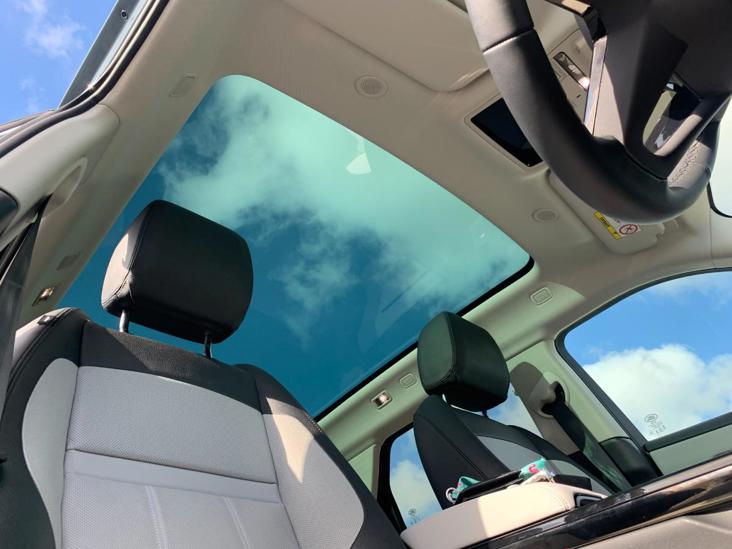
A full-size sliding panoramic roof, rear seats get both cooling and heating, though they do have to live with the climate temperature chosen from the front; there’s a big 472 litre boot, up to 1156-litres with the 40:20:40 rear seats folded, and lots of Range Rover luxury.
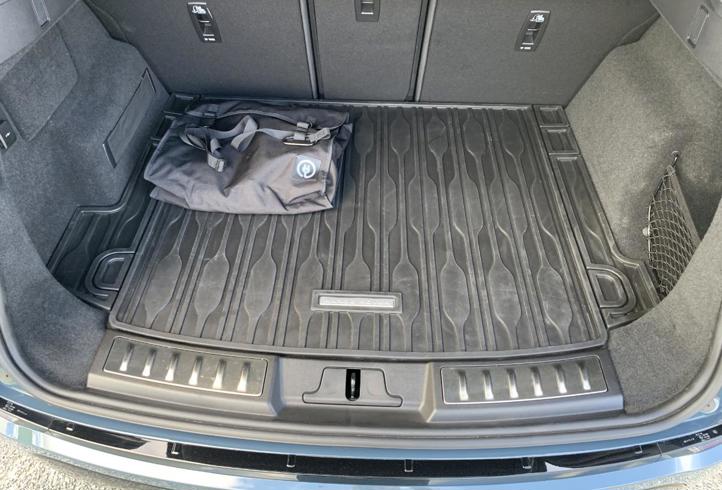
The shifter itself can be trying, at times, needing precise timing and movement of the button and gear selection, forcing you to look at what’s going on in the dash or shifter light, instead of doing that semi-rushed 3-point turn to avoid getting in anyone’s way.
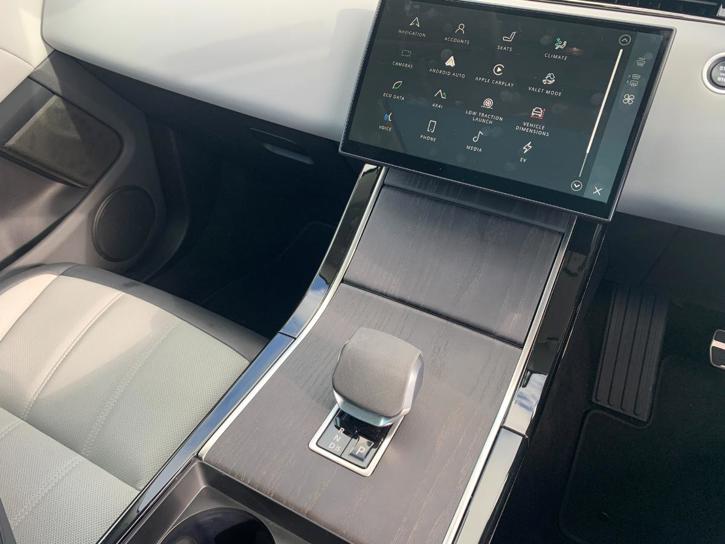
Resetting the fuel use average proved a challenge too great, however, and male code prevents reading the manual.
There is one very valuable button, a shortcut on the steering wheel that turns down the ADAS (Advanced Driver Assistance System). If forgotten, the Evoque had a habit of reminding me within 400 metres from home by mis-reading a 5km/h speed sign in a local daycare and beeping at me. Two presses to the Low setting started to become ritual by week’s end.

As did charging and using the EV to its fullest, making the Range Rover Evoque P300e quite a pleasurable and enjoyable luxury SUV, that managed to endear itself to me even more than the Velar.
BREAK IT DOWN
Range Rover Evoque P300e R-Dynamic HSE
ENGINE: 1.5-litre three-cylinder petrol, PHEV with 80kW electric motor
GEARBOX: 8-speed automatic
POWER: 227kW/540Nm
0-100KM/H: 6.4secs
ECONOMY: 2.1l/100km, 61km EV range, 14.9kWh battery
PRICE: $122,000




























